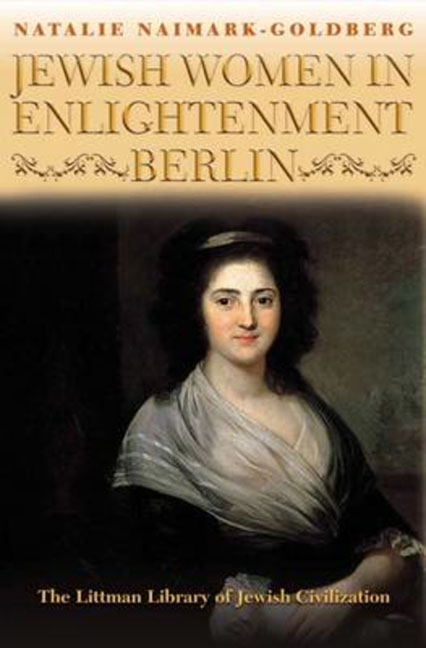Book contents
- Frontmatter
- Dedication
- Acknowledgements
- Contents
- List of Illustrations
- Note on the Translation of Sources and the Use of Names
- Note on Transliteration
- Introduction
- 1 Private Letters: An Alternative Sphere for Cultural Discourse
- 2 Jewish Women and the Reading Public
- 3 Going Public: Jewish Women in the Field of Literature and Publishing
- 4 Sociability and Acculturation in German Spas
- 5 Social Gatherings in Private Homes
- 6 Female Emancipation
- 7 Between Acculturation and Conversion
- 8 Conclusion
- Bibliography
- Index
Introduction
- Frontmatter
- Dedication
- Acknowledgements
- Contents
- List of Illustrations
- Note on the Translation of Sources and the Use of Names
- Note on Transliteration
- Introduction
- 1 Private Letters: An Alternative Sphere for Cultural Discourse
- 2 Jewish Women and the Reading Public
- 3 Going Public: Jewish Women in the Field of Literature and Publishing
- 4 Sociability and Acculturation in German Spas
- 5 Social Gatherings in Private Homes
- 6 Female Emancipation
- 7 Between Acculturation and Conversion
- 8 Conclusion
- Bibliography
- Index
Summary
THIS study explores the activities of a fascinating group of Jewish women who lived in Berlin at the end of the eighteenth century and the beginning of the nineteenth. They were among the first in Ashkenazi society to undergo an accelerated process of modernization, take an active part in European culture, and adopt early feminist positions on the role of women in society and culture. Based on the numerous sources they left behind— mainly personal letters, but also publications and other writings—this book describes various aspects of their involvement in the intellectual, cultural, and social scene of the time and discusses their thought, which, I shall argue, was nurtured in a crucial way by the Enlightenment.
The women portrayed in this book were all born in what were then German lands, most of them in Berlin, in the 1760s and 1770s. A few, such as Rahel Levin, Dorothea Mendelssohn, and Henriette Herz, are familiar figures in Jewish history, primarily as leaders of the Jewish salons in Berlin; others, including Fradchen Liebmann, Sara and Marianne Meyer, Henriette Mendelssohn, and Esther Gad, are less well known, even though they belonged to the same social circles. Though never formally associated as a group, they were united by ties of friendship, a common background, and similar patterns of acculturation—namely, radical assimilation, eventually to the point of conversion and, for some, marriage to non-Jews. Raised in families belonging to the Jewish economic and intellectual elite that came to prominence in Berlin in the last third of the eighteenth century, although it had been visible in this and other European cities for some time, these young women were exposed to non-Jewish culture and society from their earliest years. Their families were influenced by secularizing trends in their surroundings and led an acculturated lifestyle, expressed variously in the abandonment of a distinctively Jewish external appearance, a gradual transition in both spoken and written language use from Yiddish to High German, regular visits to concerts and the theatre, and increased laxity in religious observance. Children of both sexes in these wealthy families were given a largely private education, not only in Jewish matters—in which boys typically received a more thorough grounding, girls a rather superficial introduction— but also in secular fields.
- Type
- Chapter
- Information
- Jewish Women in Enlightenment Berlin , pp. 1 - 30Publisher: Liverpool University PressPrint publication year: 2013



